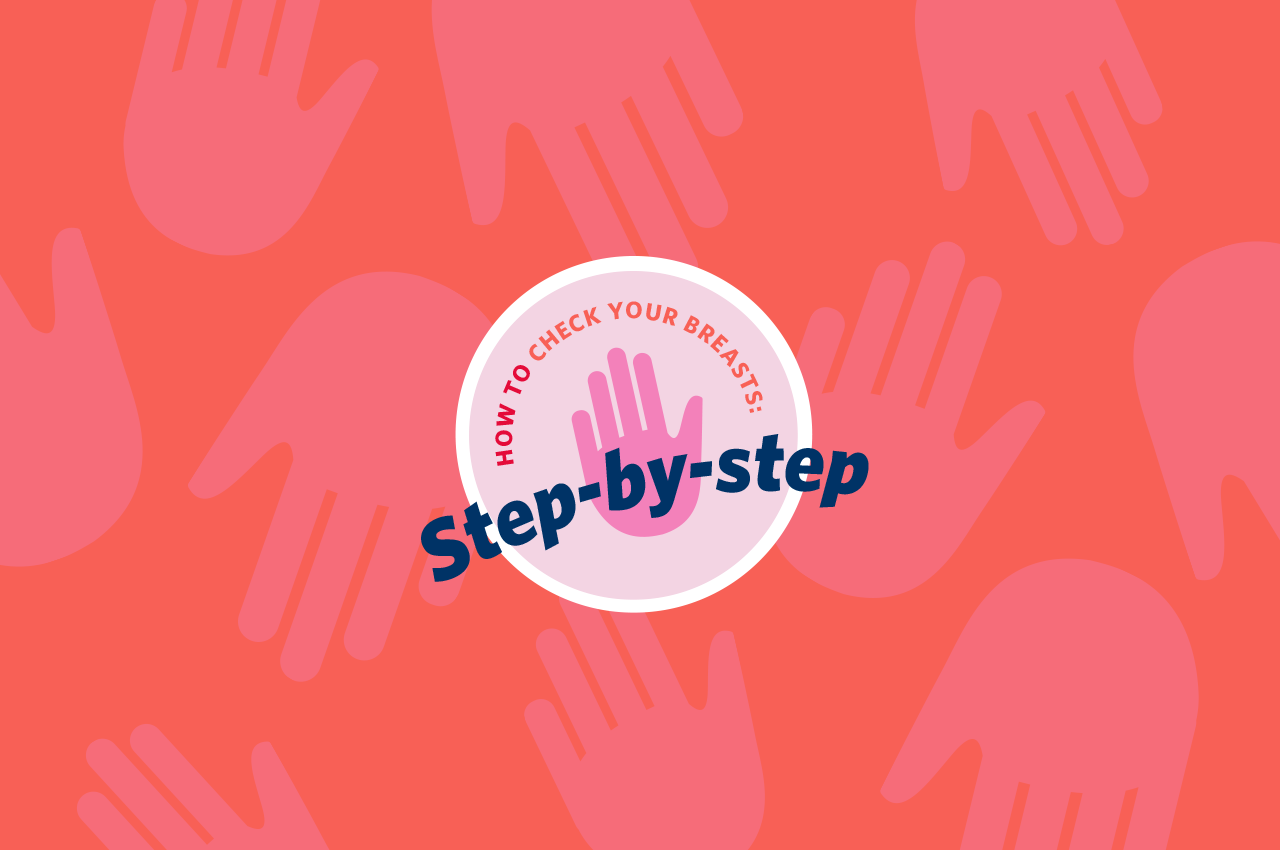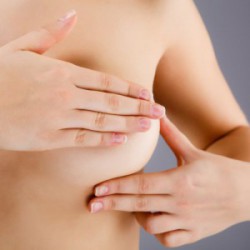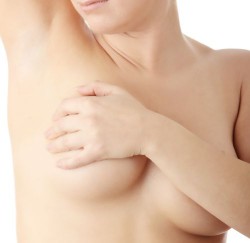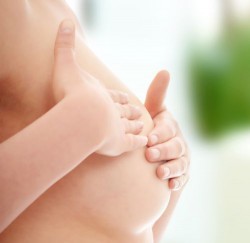Statistics show that women over the age of 50 are more likely to develop breast cancer, but that doesn’t mean younger women aren’t at risk.
Regular breast self-examinations are important for women of all ages, and annual mammograms are recommended for women over the age of 40 or earlier if there’s a family history of the disease. Depending on your circumstance, your doctor will be able to advise you on the best screening protocols for breast cancer. Remember: early detection, diagnosis and treatment can make all the difference when it comes to successful recovery.
It’s recommended that women check their breasts every month. The best time to do this is when you’re in the shower, and when it comes to the time of month, it doesn’t matter as long as it’s not around the time of your period, when your breasts are more likely to be swollen and tender.
Step 1: Stand in front of a mirror. Look for any changes such as puckering of the nipple, changes in the size or shape of the breast, dimpling, or changes in the skin texture.
Step 2: Look for changes to the shape or texture of your nipples. Gently squeeze each nipple and look for discharge.
Step 3: Repeat these steps with your hands on your hips, over your head, and at your side.
Step 4: Raise your right arm and use your left hand to examine every part of your right breast. Using the pads of your index and middle fingers, move in increasingly smaller circles, from the outside in.
Step 5: Gently press and feel for any lumps or thickenings.
Step 6: Using body moisturiser if necessary, continue to circle and gently massage the area next to your breast and under your arm.
Step 7: Repeat steps 4 – 6 with the opposite arm and breast.
Step 8: Lie flat on your back, put a pillow under your right shoulder and place your right hand behind your head. Again, gently massage and examine your breast for lumps or any other changes.
Need to know:
Menstruating women should do breast self-examinations a few days after their periods, and women who use oral contraceptives should do it aim to do breast self-examinations on the same day each month.
Important: Notify your doctor immediately if you notice any changes or lumps, or if you have any concerns. Remember, the earlier a problem is detected, the sooner it can be treated.




